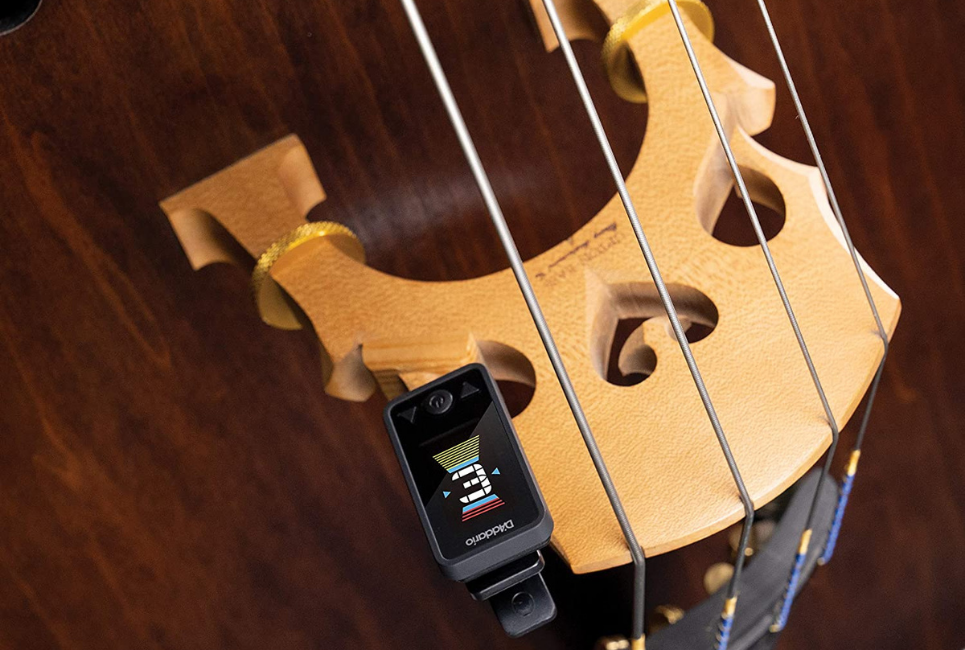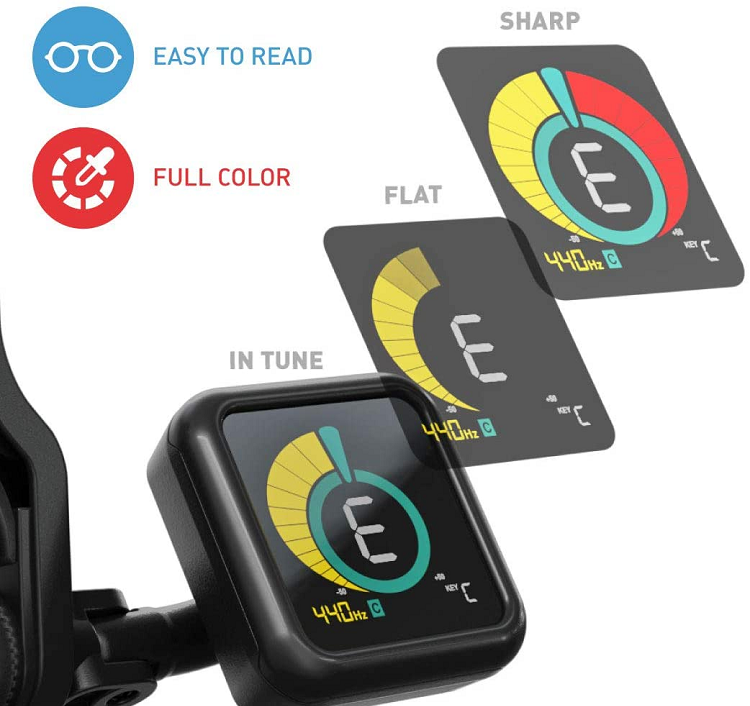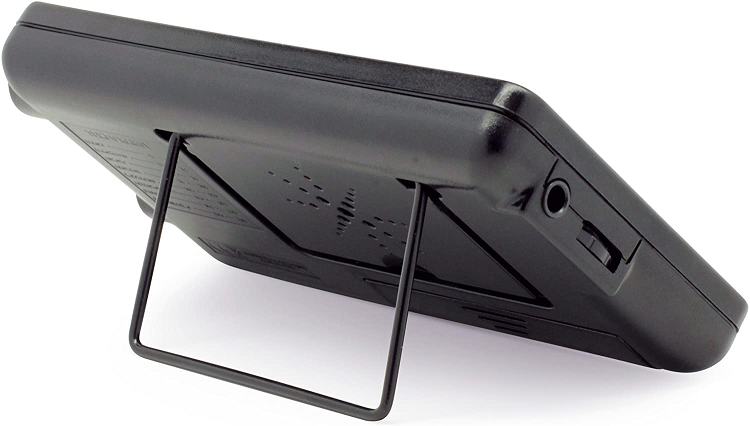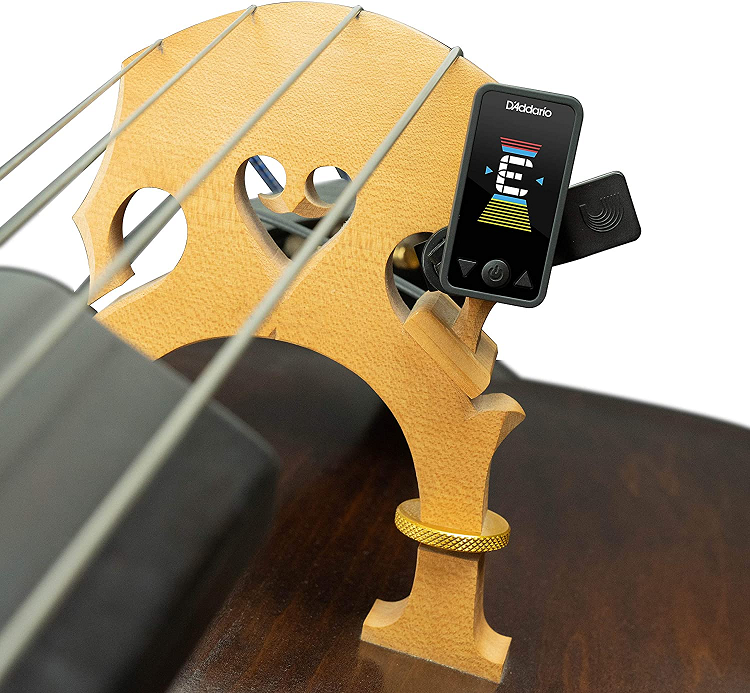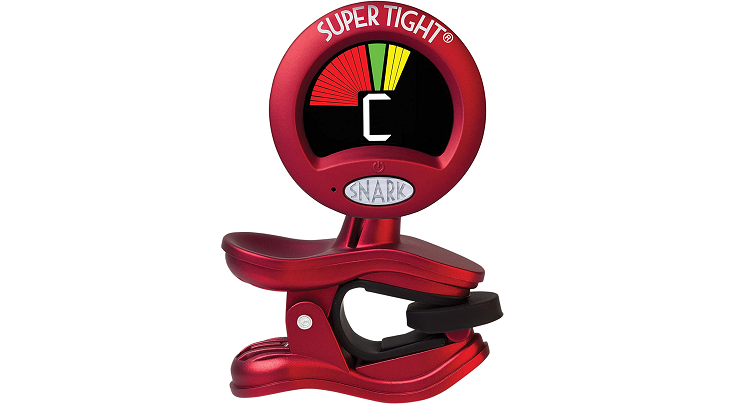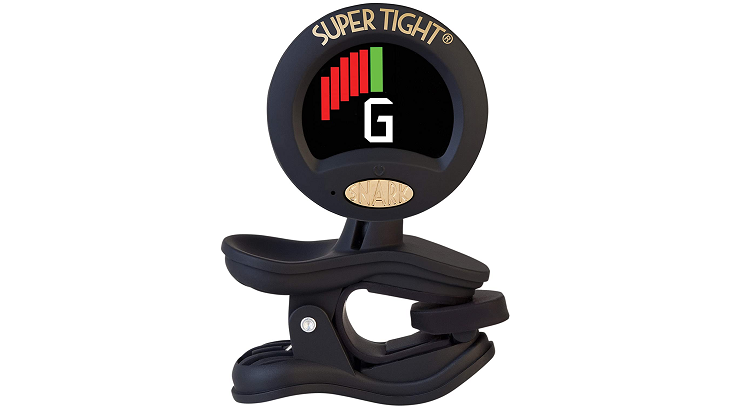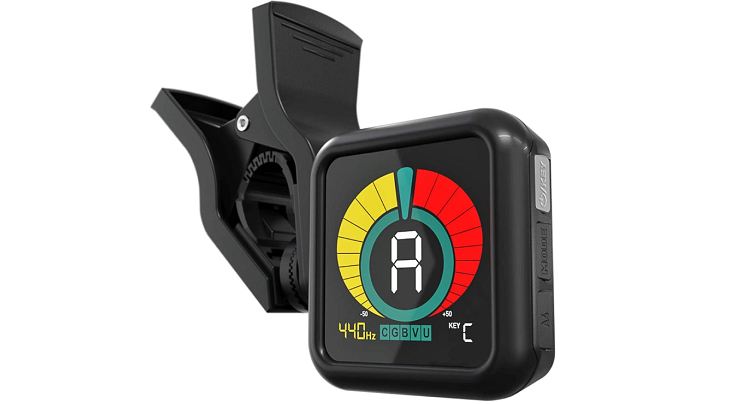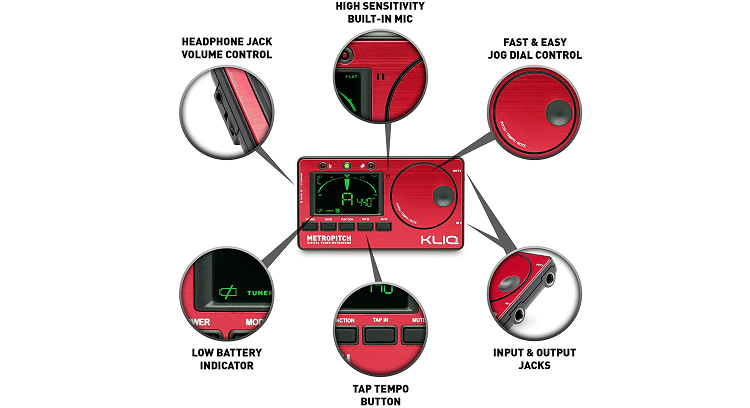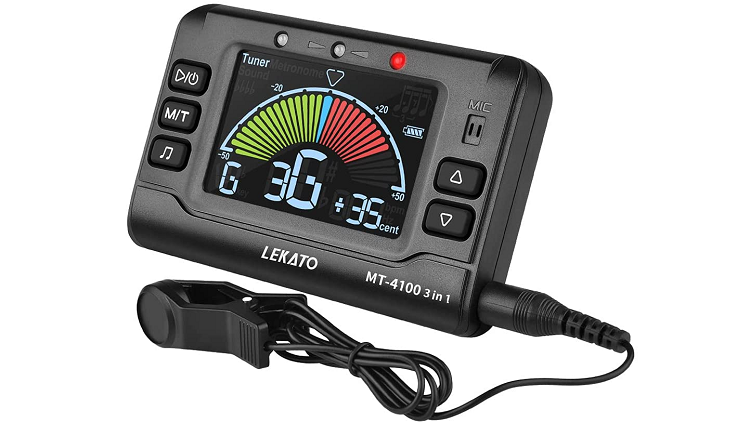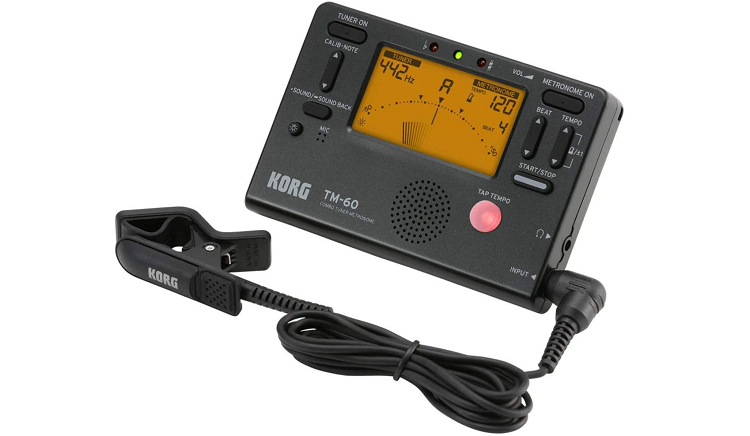- How to Find the Best Sopranino Saxophone - May 31, 2022
- How to Find the Best Contrabass Saxophone - May 30, 2022
- Trumpet Range Guide: Understanding The Entire Trumpet Range - May 19, 2022
Do you struggle to get a good sound on your cello? You may need to work on your intonation, and knowing how to find the best cello tuner can help you do that.
Then, you won’t have to listen to notes sound out of tune, and you can enjoy playing. Read on to learn what makes a cello tuner the best one for you.
How to Find the Best Cello Tuner
If you want to play the cello well, you need to get your instrument to play in tune. You could play it without tuning the strings, but you probably won’t sound the best.
Sadly, even the best cello can go in and out of tune. Luckily, a good cello tuner can help you prepare for a practice session or performance.
Consider the following factors to help decide if a cello tuner will work for you.
Know How You Learn
Before you buy a cello tuner, you should consider how you learn best. Because there aren’t any frets, you need to understand what sounds in tune to play the cello better.
Some people learn best with a visual guide, so they’d benefit from a tuner that maybe changes colors when you’re in or out of tune. Other players may want a tuner with a hand like on a clock that moves to show you your tuning.
If you’re more of an auditory learner, you might want a tuner with a drone option. That way, you can hear the pitch you want to play on your cello.
Compare Physical and App Tuners
With the popularity of smartphones and tablets, you can choose from a variety of tuner apps. If you already carry your phone or tablet with your cello, you may want to go with a tuner app.
I like the app Tunable because it’s very visual and gives written information about my intonation. But it’s still nice to have a physical tuner for when I can’t use my phone, such as if I need to charge it.
Having both a physical tuner and an app is useful. Then, you don’t have to pass your phone around to people who need a tuner, and you can have a backup app if you forget your physical tuner at home.
Decide Between Batteries or a Charger
If you go with a physical tuner, you should consider how to power it. Many tuners use batteries, but some use smaller batteries rather than AA or AAA batteries.
On the other hand, you can find tuners with rechargeable batteries. Then, you can plug the tuner in just like you would your phone, so you don’t need to buy batteries when the charge runs out.
Think about the type of power source you want to deal with. Charging can be annoying, but so is trying to open a small battery cover just to change out the batteries.
Consider Where the Tuner will Be
You can find plenty of cello tuners that sit on the instrument itself to help pick up vibrations. This can be nice if you need to tune when other players are warming up around you before orchestra.
But depending on where the tuner sits, it may be hard to see. For example, if the tuner sits on your scroll, you may need to turn your head in an awkward direction to check the pitch.
Other tuners don’t have a clip, so you can set them on your music stand. Then, you can easily see the screen, and some still have a cord and clip to pick up your cello’s vibrations directly.
View the Screen
When shopping for a tuner, take a look at the screen. Of course, you want to make sure you can see it from wherever it will sit as you use it.
But you also want to make sure the screen is a decent size so that it will be easy to read. You may want to consider the colors of the screen and the font on it.
If you’ll need to use a tuner in a dark space, such as an orchestra pit, you may want a brighter screen. Then, you can still see it no matter where you are.
Decide on the Size
Another factor that can help you choose the best cello tuner is the size of the device. Some tuners are a bit larger than others, so you need to decide if you’re okay with that.
Think about if you have room in your cello case for the tuner or if you have space in a bag with your sheet music. Either way, you want to make sure the tuner isn’t too big to bring with you.
If it’s too big, you may want to leave it at home or in storage. Then, you’ll never use it, and you may not learn how to play in tune as easily or as quickly.
Don’t Forget a Metronome
Tuners are important for cellists, but so are metronomes because they can help you stay in time as you play. If you want to be able to practice efficiently, you might consider a tuner with a metronome function.
As a beginner or an advanced player, you should have a metronome on hand. If you don’t, consider getting a tuner and metronome in one.
Then, you won’t need to carry two devices around to rehearsals. But you’ll have all of the tools you need to learn how to play in tune and in time.
Know when You’ll Use It
You should also think about when in a practice session you will use your tuner. Most musicians use it at the beginning to make sure the strings are at the right tension.
If you’re a beginner, you may want to use the tuner throughout your practice. That way, you can make sure to place your fingers in the correct spot to play the right pitches.
As you advance and learn where your fingers need to go, you may not need your tuner. But if you want to use your tuner as you practice, you may want one that sits on your music stand so that you can see it as you read your music.
Consider the Frequency of A
For the longest time, the A above middle C (A4) would vibrate at 440 Hz, and many tuners work at that frequency. But some orchestras and groups are starting to play A at 442 Hz.
On the other hand, if you play Baroque music, you may need to play with A at 415 Hz or even 392 Hz. If you need to play at different pitch levels, you should make sure the tuner you get will work.
Then, you won’t need a tuner for each type of music you want to play. Instead, you can adjust the tuner itself to make sure you play in tune for a particular piece.
Set a Budget
Tuners are almost always pretty affordable, but some cost more than others. If you’re a student or otherwise have a small budget, you should consider that when buying a tuner.
Even the most basic option will be able to help you tune your cello. So consider how much you’re comfortable spending on the device right now.
Then, you can narrow your search to more affordable models. You can always get a more expensive one later or ask for one for a birthday or holiday gift.
The Best Cello Tuners
Even if you know what to look for, you may not know which cello tuners are worth your time. That’s why I looked at tuners from a variety of companies and in different styles.
I also found some tuners at multiple price points and that work in a few ways. Now, you can look at the tuners I found to decide which is the best for your needs.
Here are some of the best cello tuners out there.
D’Addario Eclipse Cello/Bass Tuner
The D’Addario Eclipse Cello/Bass Tuner is an excellent option for anyone who plays the low string instruments. It offers a fast and accurate reading of your pitch to help you tune quickly.
You can use it to tune frequencies between 430 and 450 Hz, and D’Addario optimized the tuner for low instruments. The tuner sits on your cello and can swivel so that you can see the display.
Its display has various colors to help you figure out if you’re in tune or not. Then, you can adjust your tuning the right way to play the right notes.
Pros
- Easy to use
- Swivel display
- Color display
- For low strings
- Sits on your cello
Cons
- Limited frequency range
Snark ST2
Another option to try is the Snark ST2, which also sits on your cello and has a rotating display. You can set it up so that you can see it as you tune, so you don’t need to twist your neck too much.
It features a large frequency range, so you can use it with any instrument you play. And that range makes it great for tuning while you play, even in the higher register.
This tuner also has a metronome feature to help you stay on the beat as you practice. Plus, you get a cleaning cloth that you can use on your cello or the tuner itself.
Pros
- Easy to use
- Swivel display
- Colorful display
- Large frequency range
- Metronome
Cons
- A bit small
Snark ST-8
Also from Snark, the ST-8 has a lot of the same features as the ST2. It has almost the same shape, and it sits on your cello with a clip.
The rotating display means you can see the display more easily, and the display is bright and colorful. You can also tap the tempo you want to use this tuner as a metronome.
Like the other one, this tuner comes with a cleaning cloth. The only differences appear to be the price and the color of the tuner, with this one being black instead of red.
Pros
- Black tuner
- Bright display
- Rotating display
- Easy to read
- Clips on your cello
Cons
- A bit more expensive than the ST2
KLIQ UberTuner
The KLIQ UberTuner is another amazing tuner for the cello. It clips onto your instrument, and you can use it for more than just the cello in case you need to share it with other musicians.
This model has a bright display with lots of colors to help you tell if you’re in tune or not. You can get a fast reading, so it’s great if you’re running late to a rehearsal.
Because of the clip, you don’t have to worry about the tuner picking up sounds from other players. That means you can get a more accurate reading of your pitch.
Pros
- Easy to read
- Bright screen
- Clips to your cello
- Different colors
- Picks up your instrument only
Cons
- Takes a while to turn on
KLIQ MetroPitch
Another tuner to consider is the KLIQ MetroPitch, and as the name suggests, it works as a tuner and metronome. You can use this tuner to read any pitch to make sure all of your strings are in tune.
It also features a tone generator, which is nice if you want to hear the pitch first. Then, you’ll be able to match it with your cello and see your accuracy on the display.
This tuner doesn’t hook to your cello, but you can rest it on your music stand. That way, it will be easy to see if you need to check your intonation while playing.
Pros
- Easy to read
- Tuner and metronome
- Drone feature
- Different colors
- Good for all instruments
Cons
- A bit expensive
Lekato Metronome Tuner
The Lekato Metronome Tuner is another model that you can rest on your music stand. It’s also rechargeable, so you don’t have to spend money or time replacing batteries.
Reading the display is easy with the various colors, so you can tell if you’re out of tune. You can also use the device as a drone and a metronome, so it has everything you need to practice well.
Plus, the tuner comes with a cable that has a clip at one end. You can clip that to your cello to keep from picking up sounds around the room.
Pros
- Easy to read
- Colorful display
- Comes with a cord and clip
- Rechargeable
- Works with different instruments
Cons
- The cable can be a bit awkward
Korg TM60BK
My favorite tuner for cellos and other instruments is the Korg TM60BK. Like the Lekato model, this one works as a tuner, drone, and metronome, and it comes with a cable that has a clip on it.
The cable is plenty long, so you can hook it to your cello without having to stay super close to the tuner. While the display is a little bland, it uses a needle to show you how in or out of tune you are.
It can detect almost every pitch out there, so you can check your intonation while playing. And you can even adjust the Hz of the pitch depending on the frequency you need it to be.
Pros
- Easy to use
- Multiple functions
- Comes with a cable
- Wide frequency range
- Adjust the tuning pitch
Cons
- Quite expensive
FAQs about How to Find the Best Cello Tuner
Answer: You need a cello tuner to make sure that all of your strings are in tune with each other. That way, you can play alone or with other musicians.
As a student, you should also use a tuner to make sure you place your fingers in the correct spots. That will help you build muscle memory, so you may not need to always use a tuner later on.
Answer: You start by tuning the highest string to the note A below middle C (A3). Then, you will tune the D, G, and C strings one after the other.
Some players tune each string open, so they listen for a perfect fifth between the strings. But you can also use a tuner to tune each open string individually.
Answer: You can use a tuner app on your phone, and apps are great when you forget your tuner. However, some apps aren’t as accurate as physical tuners.
The apps rely on your phone’s microphone, which may not be the best quality. If you have an older phone, it can be especially hard to get an accurate reading. Be sure to have an app and a physical tuner to check the app’s reading.
Answer: You should think about where you want to use the tuner and if you’re a visual or auditory learner. Then, you can look for a tuner that suits your needs and can help you learn how to play the cello in tune.
If you also need a drone or metronome, you can look for a tuner with those capabilities. That way, you won’t need to buy each device separately.
Answer: You don’t need a metronome-tuner combo, especially if you already have a metronome. But having two devices in one can save you space and money.
If your cello case already contains a lot of accessories, you may not have room for both a tuner and a metronome. You may also not want to spend money on two devices, so getting a combination device is great.
Final Note on How to Find the Best Cello Tuner
Knowing how to find the best cello tuner can make a huge difference in your musical journey. Not only will you be able to get the strings in tune, but you can learn where to put your fingers without relying solely on your ears.
While all of the tuners on this list are great, I love the Korg TM60BK. It may be expensive, but it has everything you need to have a good practice session.
Looking for more interesting readings? Check out:

